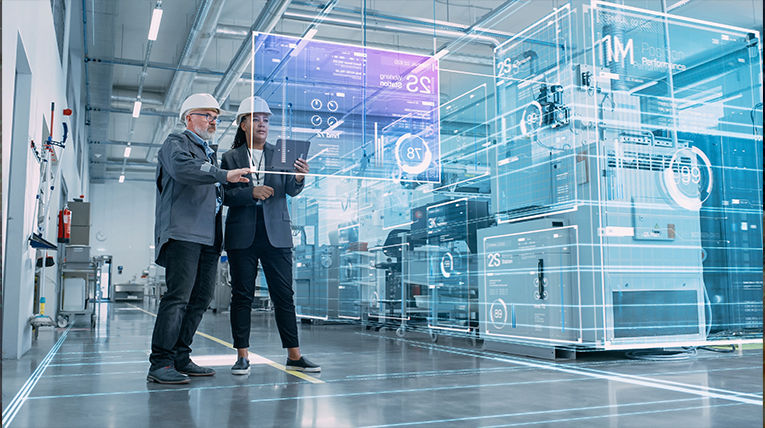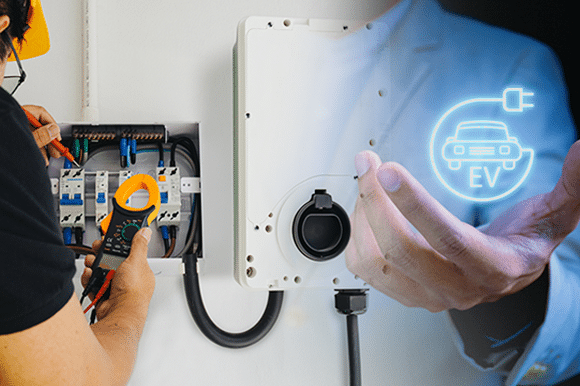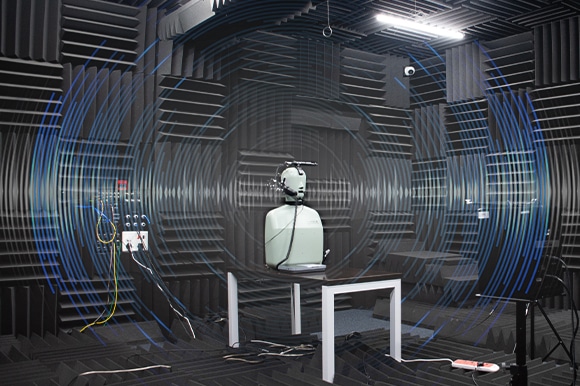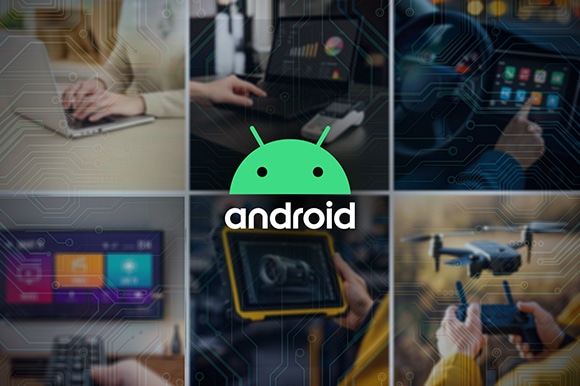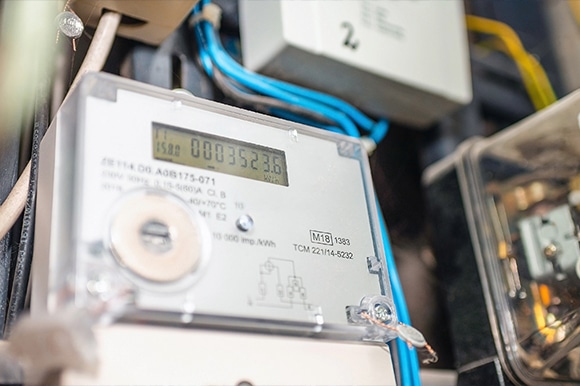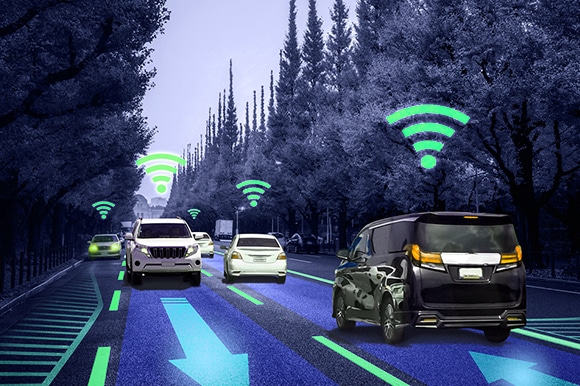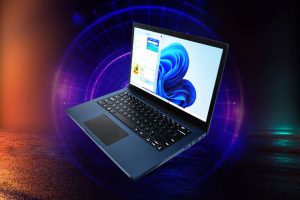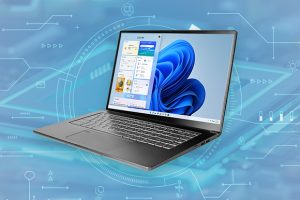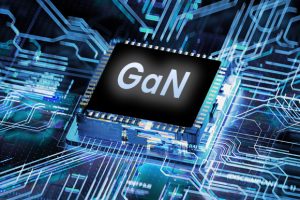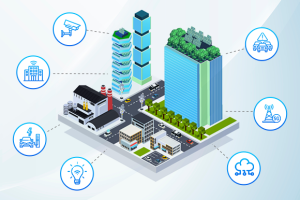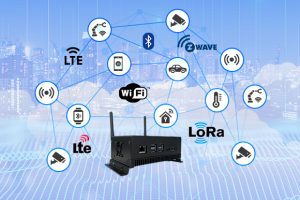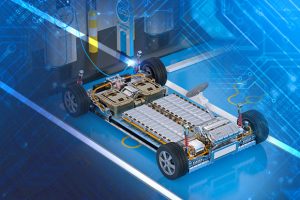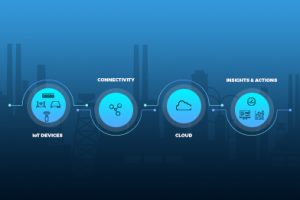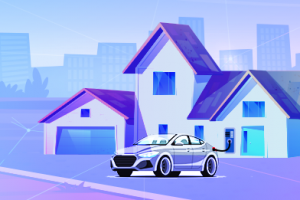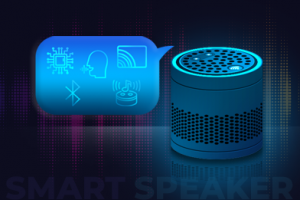In an increasingly connected and automated world, Human-Machine Interface (HMI) technology has become one of the most critical components of modern systems. No longer limited to basic button panels or monochrome screens, today’s HMIs are intelligent, interactive and intuitive—transforming the user experience across industries such as electric mobility, industrial automation, healthcare, smart appliances and beyond.
As machines become smarter, so must their interfaces. Next-generation HMI solutions are not just about displaying information—they’re about enhancing efficiency, safety, usability and data-driven decision-making.
Table of Contents
What is a Next-Gen HMI?
A next-generation HMI combines the power of embedded electronics, software intelligence and sleek industrial design to offer real-time, interactive control over machines and systems. It bridges the gap between humans and technology by providing context-aware, multi-modal interaction channels—touch, voice, gesture and more.
Key Characteristics:
- Touch & Gesture Control: Multi-touch, swipe and pinch-to-zoom interactions
- Voice Command Integration: Voice assistants or offline voice recognition
- Dynamic UIs: Real-time status, alerts and dashboards
- Cloud & Edge Connectivity: Data logging, remote access and OTA updates
- Protocol Support: Modbus, CAN, MQTT, BLE, Zigbee and more
- AI & ML Enhancements: Predictive controls and user behavior learning
The Role of HMI Across Industries
EV Charging Systems
Modern EV chargers increasingly feature high-resolution touchscreens that enable users to initiate charging, track status, view pricing and authenticate via RFID, QR codes or mobile apps. Outdoor-readability, rugged design and real-time connectivity are key requirements.
Industrial Automation
In industrial environments, HMI panels are used to control and monitor machinery, production lines and safety systems. Integration with SCADA systems and support for industrial protocols like Modbus or Profibus enable efficient factory operations with minimal human intervention.
Medical Devices
Touchscreen-based HMIs on diagnostic machines, patient monitors, and infusion pumps allow for intuitive controls, better visibility of patient data and compliance with hygiene and usability standards. Voice support and glove-friendly screens are also gaining popularity.
Smart Consumer Appliances
From kitchen appliances to home automation systems, HMIs are transforming how users interact with everyday products. Aesthetically designed touch UIs, Wi-Fi/Bluetooth connectivity and app integration enhance convenience and control for consumers.
Designing a Next-Gen HMI: What’s Involved?
Designing an HMI goes beyond the display—it’s a convergence of hardware, software, connectivity and user experience.
1. Hardware Design
- Display Technology: TFT, IPS, OLED, E-ink based on use case
- Touch Interface: Capacitive or resistive touch
- Processor Selection: MCUs or MPUs with low power and high performance
- Sensor Integration: Proximity, ambient light or haptics
2. Software & UI Development
- OS Platforms: Android, Embedded Linux, RTOS
- UI/UX Frameworks: Qt, Flutter, LVGL, Android SDK
- Connectivity & Protocol Stack Integration
- Secure Boot, OTA Updates and Cloud Enablement
3. Mechanical & Industrial Design
- Ergonomic and Rugged Enclosures
- IP65/IP67 Rated Designs for Outdoor or Harsh Environments
- Thermal and EMI/EMC Compliance
4. Testing & Validation
- Environmental Stress Testing
- Functional and UI Validation
- Compliance and Certification Readiness
Emerging Trends in HMI Technology
- Hybrid Voice + Touch Interfaces: For hands-free environments like healthcare or factories
- AI-Driven Personalization: Learning user behavior and adapting interfaces accordingly
- Augmented Reality (AR): Especially in industrial or automotive settings
- Haptic Feedback: To mimic physical controls for improved user interaction
- 5G & Edge Integration: For ultra-fast, real-time processing and control
These trends point to a future where HMIs are more immersive, intelligent and adaptive than ever before.
Conclusion: Smarter Interfaces for a Smarter World
Human-Machine Interfaces are no longer secondary components—they are the frontline of user experience. As products across industries become smarter, their interfaces must evolve to be more intuitive, connected and efficient.
Organizations aiming to create differentiated products must invest in tailored HMI solutions aligned with their industry use case, environment and user expectations.
Looking for an HMI Design and Manufacturing Partner?
VVDN Technologies offers complete end-to-end capabilities to design, develop and manufacture next-gen HMIs for global OEMs. With in-house expertise spanning hardware, software, mechanical design, testing and manufacturing, VVDN supports customized HMI development across industries such as EV, medical, industrial automation and consumer electronics.
Whether you’re building a rugged industrial panel or a sleek consumer UI, VVDN can help bring your HMI vision to life — from concept to production.




















